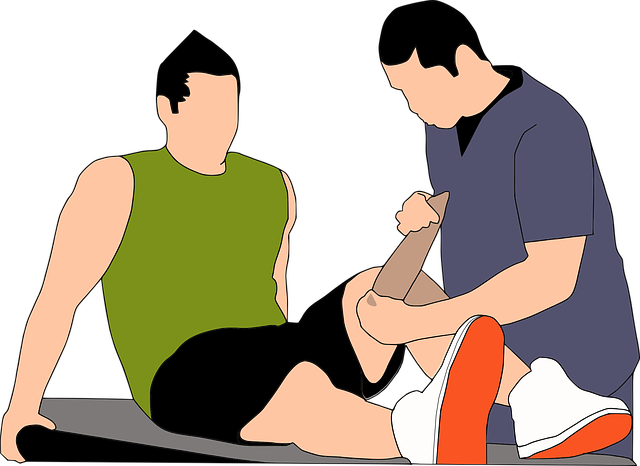Non-invasive injury recovery therapies, including heat/cold therapy, massage, ultrasound, electrical stimulation, foam rolling, myofascial release, hydrotherapy, and light therapy, offer safe and effective alternatives to traditional athletic treatments. These methods stimulate natural healing mechanisms, reduce inflammation, improve circulation, enhance tissue repair, and promote faster recovery from muscle strains and sprains. Regular use can maintain performance levels, prevent injuries, and prepare athletes for subsequent training sessions. Proper nutrition and adequate rest, combined with these therapies, provide a comprehensive approach to accelerate healing and optimize athletic recovery.
In today’s competitive athletic landscape, faster and more effective recovery is essential for peak performance. This article explores non-invasive solutions for athletic recovery, providing insights into cutting-edge therapies that can revolutionize sports science. From foam rolling and myofascial release to hydrotherapy, light therapy, and the power of nutrition and rest, discover how these innovative techniques enhance muscle recovery, reduce inflammation, and accelerate injury rehabilitation.
- Understanding Non-Invasive Injury Recovery Therapies
- The Role of Foam Rolling and Myofascial Release
- Hydrotherapy: An Effective Approach for Athletic Recovery
- Benefits of Light Therapy and Its Application in Sport Science
- Nutrition and Rest: Cornerstones of a Comprehensive Recovery Strategy
Understanding Non-Invasive Injury Recovery Therapies
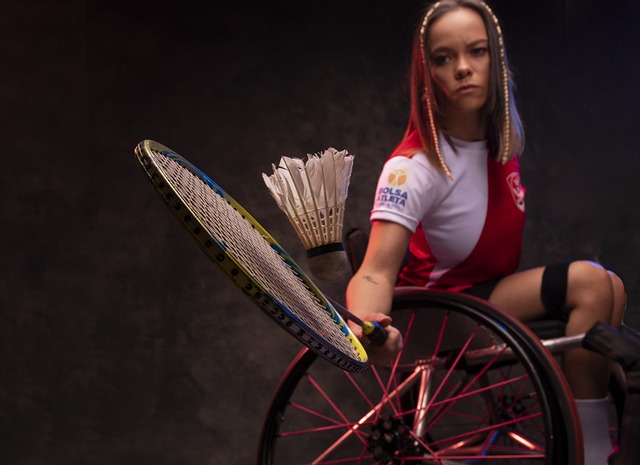
Non-invasive injury recovery therapies have gained significant traction in the athletic world as a safe and effective alternative to traditional, often more aggressive, treatments. These therapies aim to stimulate the body’s natural healing mechanisms without the need for surgery or strong medications. By employing techniques such as heat and cold therapy, massage, ultrasound, and electrical stimulation, athletes can experience faster and more efficient recovery from muscle strains, sprains, and other common sports-related injuries.
Understanding these non-invasive injury recovery therapies is crucial for athletes and sports professionals alike. Unlike invasive methods that may carry risks and side effects, non-invasive treatments offer a range of benefits, including reduced inflammation, improved circulation, and enhanced tissue repair. This approach allows athletes to maintain their performance levels while giving their bodies the time they need to heal naturally, ensuring they’re back in the game sooner rather than later.
The Role of Foam Rolling and Myofascial Release
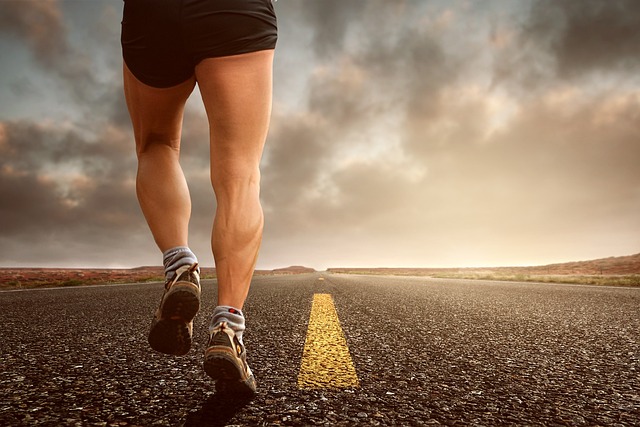
Foam rolling and myofascial release have emerged as powerful tools in the realm of non-invasive injury recovery therapy. By applying pressure to tight or knotted muscles using a foam roller, athletes can promote blood flow and reduce inflammation, two key factors in faster athletic recovery. The process helps to break down scar tissue and relaxes the fascia, the connective tissues that surround muscles, leading to improved flexibility and range of motion.
This technique is particularly beneficial post-workout or after intense training sessions, as it aids in removing metabolic waste products like lactic acid that can contribute to muscle soreness. Moreover, regular foam rolling can prevent injuries by keeping muscles and fascia healthy and flexible, ensuring athletes are ready for their next training session with reduced risk of strain or pull.
Hydrotherapy: An Effective Approach for Athletic Recovery
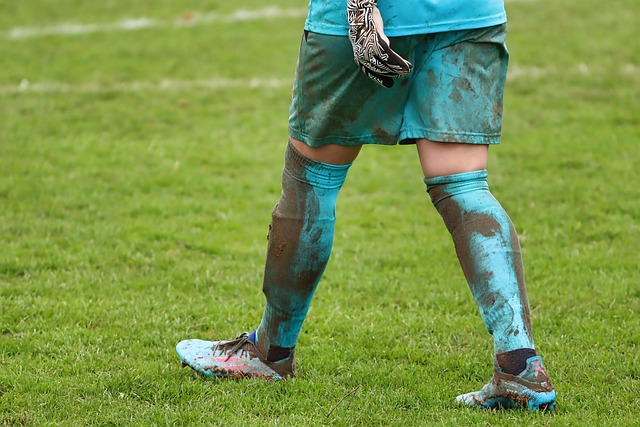
Hydrotherapy has emerged as a powerful non-invasive solution for athletes seeking faster and effective injury recovery therapy. This approach leverages the use of water to provide gentle yet targeted stimulation, aiding in muscle relaxation, reduced inflammation, and improved circulation. By immersing oneself in warm or cold water, athletes can experience significant benefits that promote healing and restore range of motion.
The effectiveness of hydrotherapy lies in its ability to reduce pain, speed up the body’s natural healing processes, and enhance overall athletic performance. Whether it’s a hot tub for muscle relaxation or an ice bath for anti-inflammatory effects, these water-based therapies offer a safe and accessible way to support the body during recovery periods. By incorporating hydrotherapy into their routines, athletes can potentially shorten rehabilitation timelines and return to their active lifestyles more swiftly.
Benefits of Light Therapy and Its Application in Sport Science
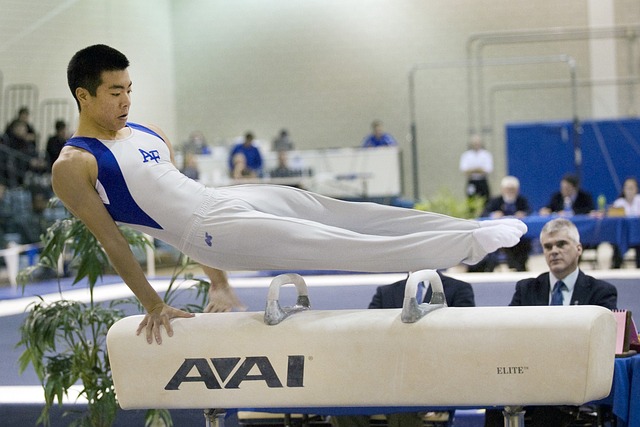
Light therapy, a non-invasive approach, has gained significant attention in sport science for its potential to accelerate athletic injury recovery. This innovative treatment utilizes specific wavelengths of light to stimulate cellular repair and enhance healing processes within the body. By targeting muscle tissue, tendons, and ligaments, light therapy can reduce inflammation, alleviate pain, and improve overall function. Athletes often experience faster recovery times and enhanced performance after incorporating this modern therapy into their rehabilitation routines.
In sports where injuries are prevalent, light therapy offers a promising alternative to conventional methods. It provides a quick and comfortable treatment option without the side effects associated with some medications. With its ability to penetrate deep into tissues, light therapy promotes collagen production, which is crucial for tissue regeneration. This non-invasive solution allows athletes to maintain their training regimes while simultaneously supporting their body’s natural healing mechanisms, ultimately contributing to better athletic performance upon return to competition.
Nutrition and Rest: Cornerstones of a Comprehensive Recovery Strategy
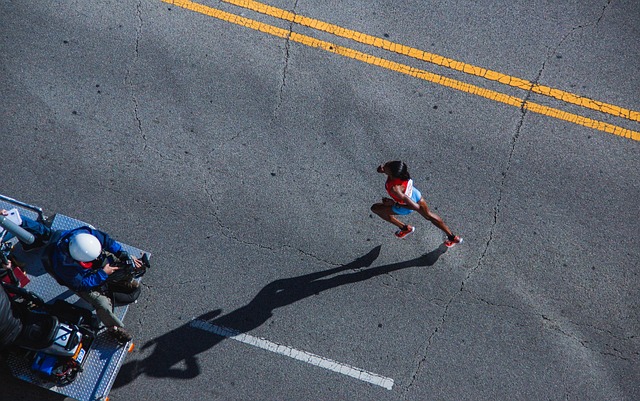
Proper nutrition and adequate rest are fundamental components of any effective athletic recovery strategy. When combined with non-invasive injury recovery therapies, they form a comprehensive approach to accelerate the healing process. Balanced diets rich in essential nutrients, lean proteins, complex carbohydrates, and healthy fats support muscle repair and regeneration, providing the body with the building blocks it needs to rebuild and strengthen tissues.
Prioritizing rest allows the body’s natural healing mechanisms to kick into high gear. This includes both active recovery days, where low-intensity exercises facilitate blood flow and promote healing, and complete rest periods. During these times, muscles can repair and rejuvenate, reducing inflammation and expediting overall injury recovery therapy.
In conclusion, non-invasive solutions like foam rolling, hydrotherapy, light therapy, and proper nutrition play pivotal roles in expediting athletic recovery. By integrating these strategies into their routines, athletes can effectively manage pain, reduce inflammation, and enhance overall performance. Understanding the unique benefits of each therapy empowers sports professionals to create comprehensive recovery plans, ensuring athletes return stronger and safer than ever before.
